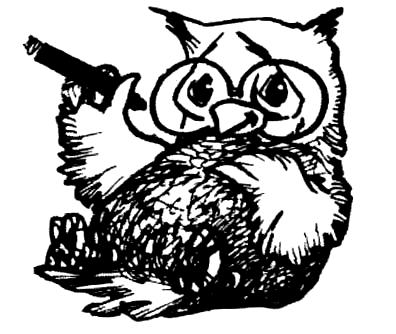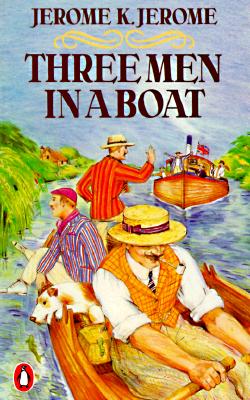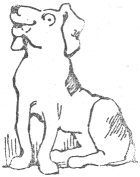Such is life; and we are but as grass that is cut down, and put into the oven and baked.
To go back to the carved-oak question, they must have had very fair notions of the artistic and the beautiful, our great-great-grandfathers. Why, all our art treasures of to-day are only the dug-up commonplaces of three or four hundred years ago. I wonder if there is real intrinsic beauty in the old soup-plates, beer-mugs, and candle-snuffers that we prize so now, or if it is only the halo of age glowing around them that gives them their charms in our eyes. The “old blue†that we hang about our walls as ornaments were the common every-day household utensils of a few centuries ago; and the pink shepherds and the yellow shepherdesses that we hand round now for all our friends to gush over, and pretend they understand, were the unvalued mantel-ornaments that the mother of the eighteenth century would have given the baby to suck when he cried.
Will it be the same in the future? Will the prized treasures of to-day always be the cheap trifles of the day before? Will rows of our willow-pattern dinner-plates be ranged above the chimneypieces of the great in the years 2000 and odd? Will the white cups with the gold rim and the beautiful gold flower inside (species unknown), that our Sarah Janes now break in sheer light-heartedness of spirit, be carefully mended, and stood upon a bracket, and dusted only by the lady of the house?
That china dog that ornaments the bedroom of my furnished lodgings. It is a white dog. Its eyes blue. Its nose is a delicate red, with spots. Its head is painfully erect, its expression is amiability carried to verge of imbecility. I do not admire it myself. Considered as a work of art, I may say it irritates me. Thoughtless friends jeer at it, and even my landlady herself has no admiration for it, and excuses its presence by the circumstance that her aunt gave it to her.
But in 200 years’ time it is more than probable that that dog will be dug up from somewhere or other, minus its legs, and with its tail broken, and will be sold for old china, and put in a glass cabinet. And people will pass it round, and admire it. They will be struck by the wonderful depth of the colour on the nose, and speculate as to how beautiful the bit of the tail that is lost no doubt was.


